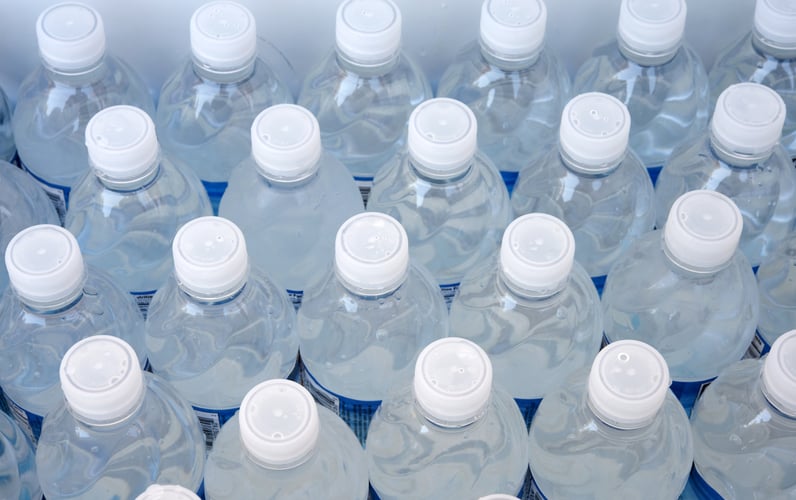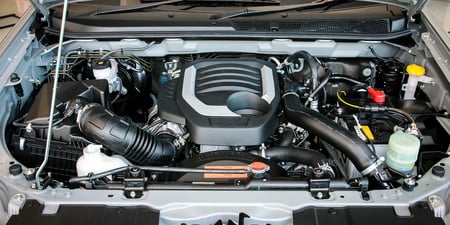 As a plastics processing company, you’re always looking for ways to reduce contamination and scrap rates while optimizing efficiency for color/resin changeovers. The ultimate goal is to get the machine cleaned and changed over quickly so it’s ready for the next run.
As a plastics processing company, you’re always looking for ways to reduce contamination and scrap rates while optimizing efficiency for color/resin changeovers. The ultimate goal is to get the machine cleaned and changed over quickly so it’s ready for the next run.Many factors impact your ability to do this, including temperature, material compatibility, back pressure and screw speed. Monitoring these variables during the purging process is essential to reducing downtime and increasing efficiency for your facility.
1. Temperature
A purging compound only works effectively when it’s used within its operating temperature range. Purging above or below this range may lead to excess residue or longer changeover times.If you purge below the resin’s processing temperature range, the material may stiffen or cling to the screw, making it difficult to ensure a complete purge. If you purge above the resin’s processing temperature range, the resin may become too sticky or degrade. If you’re unsure of the proper processing range, talk to your purging compound supplier.
2. Material Compatibility
It’s important to use purging compounds that are compatible with the material you’re purging. This ensures complete purges, leaves less residue behind and eliminates contamination buildup. For instance, if you are purging olefins, use a compound with an olefin base. On the other hand, if you are processing styrene, look for a styrenic purging compound.
During the purging process, you may be worried about using high screw speeds or back pressures. Although your concern is warranted, some assertiveness may be required when purging certain types of resins, such as Bayer’s Texin, Desmopan (TPU) and Makrolon (PC).
If you’re experiencing issues with residue when changing resins, low-to-medium back pressure and screw speeds are often to blame. To combat this, maximize pressure and shear within the barrel by increasing back pressure and screw speed to the highest safe levels.
To help minimize residue in your molds, follow these steps when using mechanical purges:
For Injection Molding
- Keep the screw in the full forward position by increasing back pressure to the maximum safe level.
- Increase the screw speed to the highest safe level once the barrel is full of the production resin.
- Once the production resin is free of purging compound residue, drop the back pressure and perform short, high-velocity injection shots.
For Extrusion
- Plug any vents on the barrel.
- Leave a breaker plate in place to create some back pressure in the barrel.
- Use the highest screw speed available on the extruder without tripping out the motor.
Downtime and a low output rate are often detrimental to your facility’s bottom line. Using the right purging compound and procedures helps you regain machine capacity and reduce your scrap rate. Additionally, by monitoring these key variables, you’ll likely experience better scrubbing action and the ability to implement process changes more quickly.
Learn how to reduce machine downtime with five quick purging compound tips for your injection molding application.








Comments